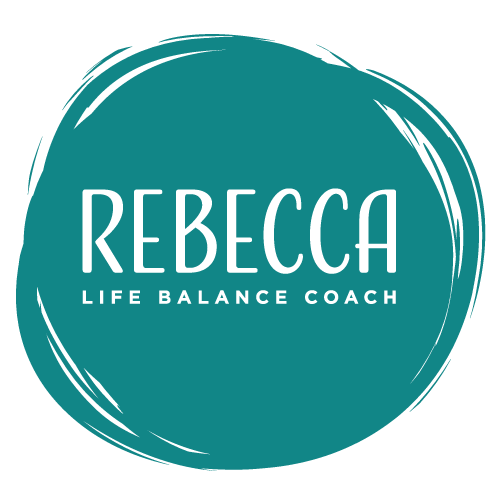What Are Your Red Light Foods?
Name your poison...is it crunchy and salty? Creamy and sweet?
Or perhaps sweet and crunchy?
Whatever your dream combination, this is the food that you cannot stop eating until it’s gone. After you have feasted on an entire bag of potato chips and feel sick, they don’t seem so heavenly. But if another bag is in your pantry, you will gorge that down too.
A food that you cannot resist eating is called a red light food.
Red Light Foods
What is so bad about red light foods? Unless your red light food is broccoli, when you embark on a binge, you are consuming fat, sugar or salt in unhealthy quantities. Often when you indulge in your red light food, you leave no room for the healthy foods you need. You usually regret what you’ve eaten and declare that never again will you be seduced into buying the Baker’s Dozen donuts.
Eating red light foods is a mild form of addiction. Our brains crave the sensation of certain foods and the normal part of our brain that triggers us to stop is temporarily out of order.
With red light foods, you will be tempted to bargain with yourself that you can handle it this time. You envision just having one bite of ice cream and walking away. “I can handle it! It’s only ice cream, what’s the big deal?” Don’t be tempted to play games with yourself. The truth is, with red light foods, we are powerless.
The traffic light analogy is used in addiction recovery to describe situations where you should stop. In this case the red light means “Stop! You are about to inhale the whole thing!” With all addictions, the first step is to recognize that you have no control over your addiction and surrender to this fact. Accept that the solution is to not have the first bite or to not purchase your “trigger” food in the first place.
What about yellow and green?
Yellow light foods you should approach with caution. They are almost as tempting as red light foods, but you will eventually be able to halt your consumption, as there is a point of being satiated. You will stuff yourself, but maybe that means you eat two pieces of cake, not the whole thing. When you have yellow light food in your home, you might resist for a few days or weeks, but eventually you will breakdown and devour it.
Green light foods are those that you can resist and have complete control over how much you will eat. Sticking with green light foods makes eating easy as you don’t have to test your willpower.
I have a client whose red light food is peanut butter, her yellow light food is cookies and her green light food is ice cream. If she has peanut butter in the house, she will finish off the jar. If she buys Girl Scout cookies, she will eat an entire sleeve, but not the whole box. Since ice cream is her green light food, a pint of Ben & Jerry’s may sit in her freezer for 6 months.
The fact that you have red light and yellow light foods does not mean you have an eating disorder. It just means there are foods over which you have no ability for portion control.
Why is it good to know your red and yellow light foods?
Knowing your triggers will help you manage your health. When you are honest about what you can and can’t eat, you will avoid ruining your diet or day or vacation. You will understand that you can’t “just this one time” control yourself because you have accepted that these foods are irresistible to you.
Once you have identified your red and yellow light foods, make a vow not to buy them anymore. Hold yourself accountable by telling your partner or friends that you no longer eat this food and ask them not to buy it for you.
My red light food is kettle corn. Even after a family member hides it from me, at my request, I will find it and inhale the whole bag. But filling up on 1000 empty calories is too much of a price to pay. So there’s no more kettle corn in our house.

